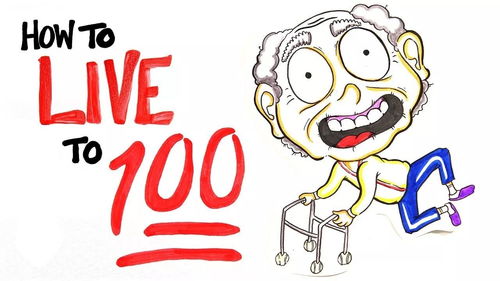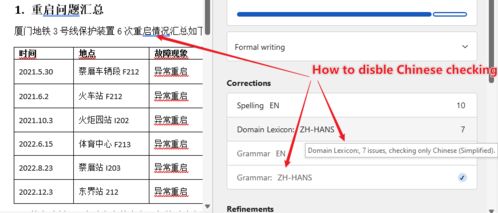
How to Check for Bed Bug Bites
Bed bug bites can be quite unsettling, and it’s important to know how to identify them. These tiny pests can cause discomfort and anxiety, so being able to detect their presence is crucial. In this article, we’ll explore various methods to help you check for bed bug bites, ensuring you can take appropriate action if needed.
Understanding Bed Bug Bites

Bed bug bites often appear as small, red bumps on the skin. They can be mistaken for mosquito bites or other skin irritations, but there are distinct characteristics that can help differentiate them. Here’s what you need to know:
| Bed Bug Bite | Mosquito Bite |
|---|---|
| Small, red bumps | Small, red bumps |
| Clustered in a line or pattern | Scattered randomly |
| Can cause itching and swelling | Can cause itching and swelling |
| May appear after a few days | May appear immediately |
While bed bug bites can be similar to mosquito bites, the clustering pattern and delayed appearance are key indicators.
Inspecting Your Living Space

One of the most effective ways to check for bed bug bites is by inspecting your living space. Here are some steps you can follow:
-
Start by thoroughly cleaning your bedroom, paying close attention to areas where bed bugs are likely to hide, such as mattress seams, box springs, and bed frames.
-
Use a flashlight to examine these areas, as bed bugs are often difficult to see during daylight.
-
Look for small, flat, brownish insects, which are bed bugs. They are typically about the size of an apple seed.
-
Check for dark spots on your mattress or bedding, which may indicate bed bug excrement.
-
Inspect the edges of your bed, including the headboard and footboard, as bed bugs often congregate in these areas.
-
Look for tiny, white eggs, which are about the size of a speck of dust.
-
Check behind electrical outlets, picture frames, and other furniture that may provide hiding spots for bed bugs.
Remember, bed bugs can be elusive, so it’s important to be thorough in your search.
Using a Bed Bug Detection Kit

Bed bug detection kits can be a valuable tool in identifying bed bugs. These kits typically include a sticky trap and a magnifying glass. Here’s how to use them:
-
Place the sticky trap near your bed, on the floor, and in other areas where bed bugs may be hiding.
-
Leave the trap in place for a few days to allow bed bugs to come into contact with it.
-
Examine the trap under a magnifying glass for any signs of bed bugs or their eggs.
While detection kits can be helpful, they may not always be 100% accurate. It’s still important to visually inspect your living space as well.
Seeking Professional Help
If you suspect you have a bed bug infestation, it’s best to seek professional help. Pest control experts have the knowledge and tools to effectively eliminate bed bugs. Here’s what you can expect:
-
A professional will conduct a thorough inspection of your living space to identify the extent of the infestation.
-
They will develop a treatment plan tailored to your specific situation.
-
They may use a combination of methods, such as steam cleaning, heat treatment, and chemical pesticides, to eliminate the bed bugs.
-
They will provide you with tips on preventing future infestations.
While seeking professional help can be costly, it’s often the most effective way to ensure a complete elimination




